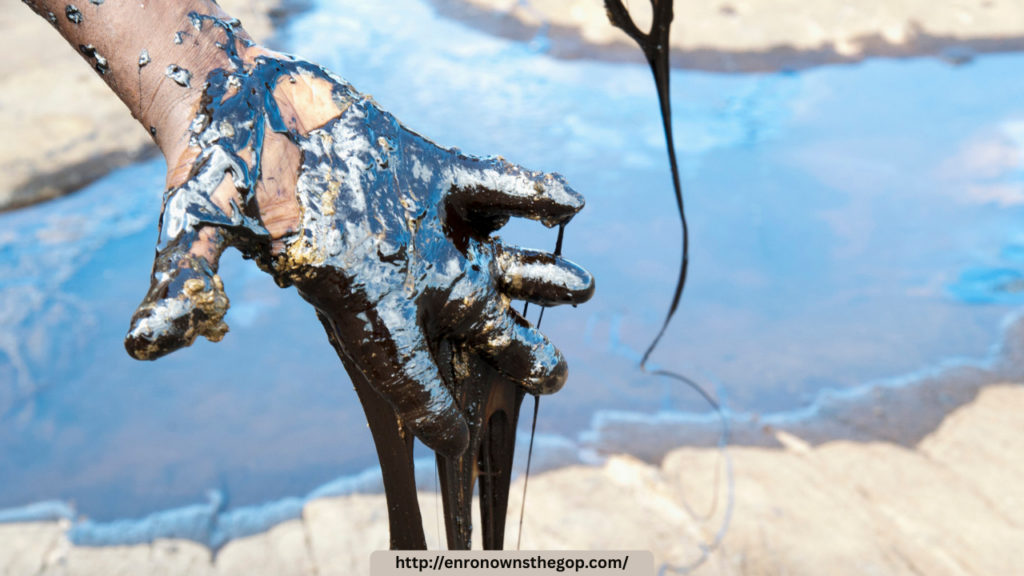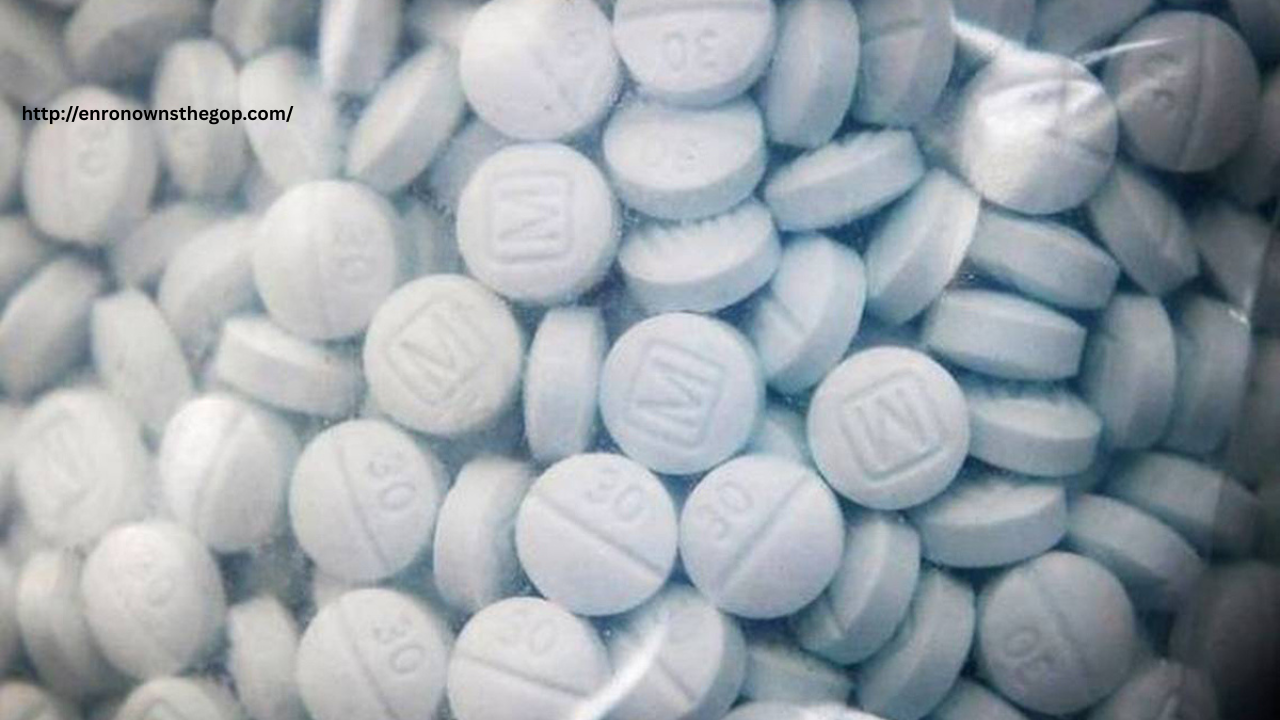
The oil patch, home to some of the hardest working laborers in the world, is often seen as a land of opportunity. Roughnecks, the backbone of the industry, brave extreme conditions in exchange for impressive paychecks. But beneath the promise of riches lies a darker reality: an epidemic of addiction that grips many oil field workers and leaves lasting damage on individuals, families, and entire communities.
The Price of Hard Work
Oil field labor is grueling. Workers face long shifts—often 12 to 16 hours a day—for weeks or even months at a time. The job is physically punishing, mentally exhausting, and frequently performed in remote, isolating environments. The lure of big money draws in thousands, but the conditions often push them toward dangerous coping mechanisms.
Stimulants such as methamphetamine and cocaine are commonly used to power through fatigue and maintain performance on the rig. Opioids, originally prescribed for pain relief, are abused to manage chronic injuries and emotional stress. Alcohol remains a widely accepted and accessible escape, deeply ingrained in the culture of boomtowns that crop up around drilling sites.
A Culture of Silence
In many oil field communities, addiction is the unspoken reality. The tough-guy image promoted within the industry discourages open conversations about mental health or substance abuse. Workers are often reluctant to admit they’re struggling, fearing job loss, judgment, or being seen as weak. As a result, many hide their addictions until it spirals out of control.
The transient nature of the workforce also makes intervention difficult. Workers may bounce from site to site, never staying long enough to build support networks or access consistent healthcare. Without proper resources, addiction festers, spreading across oil towns and leaving behind a trail of broken families and lives lost to overdose.
The High Cost of Rehab
When addiction does become impossible to ignore, the road to recovery is steep. Rehab centers near oil patches are often overwhelmed or nonexistent. The cost of private treatment is prohibitive for many, especially during layoffs or after a bust. Those who do enter rehab frequently return to the same environments that contributed to their addiction, making relapse a common outcome.
Even companies that enforce strict drug testing rarely offer meaningful support for addicted workers. Disciplinary action takes precedence over rehabilitation, further isolating those who need help the most.
Toward a Healthier Industry
Addressing addiction in the oil patch requires a shift in culture and priorities. Oil companies must go beyond compliance and invest in comprehensive support systems—mental health services, substance abuse education, access to affordable rehab, and employee assistance programs. Creating an environment where asking for help is seen as a strength, not a weakness, is key.
Communities and governments must also step in, ensuring that oil towns have the infrastructure to support addiction recovery. From counseling centers to job transition programs, the focus must be on long-term health, not just short-term profit.
The oil patch will always be a place of opportunity, but its true value lies in protecting the workers who drive it. Acknowledging and addressing addiction isn’t just compassionate—it’s essential for the future of the industry.

